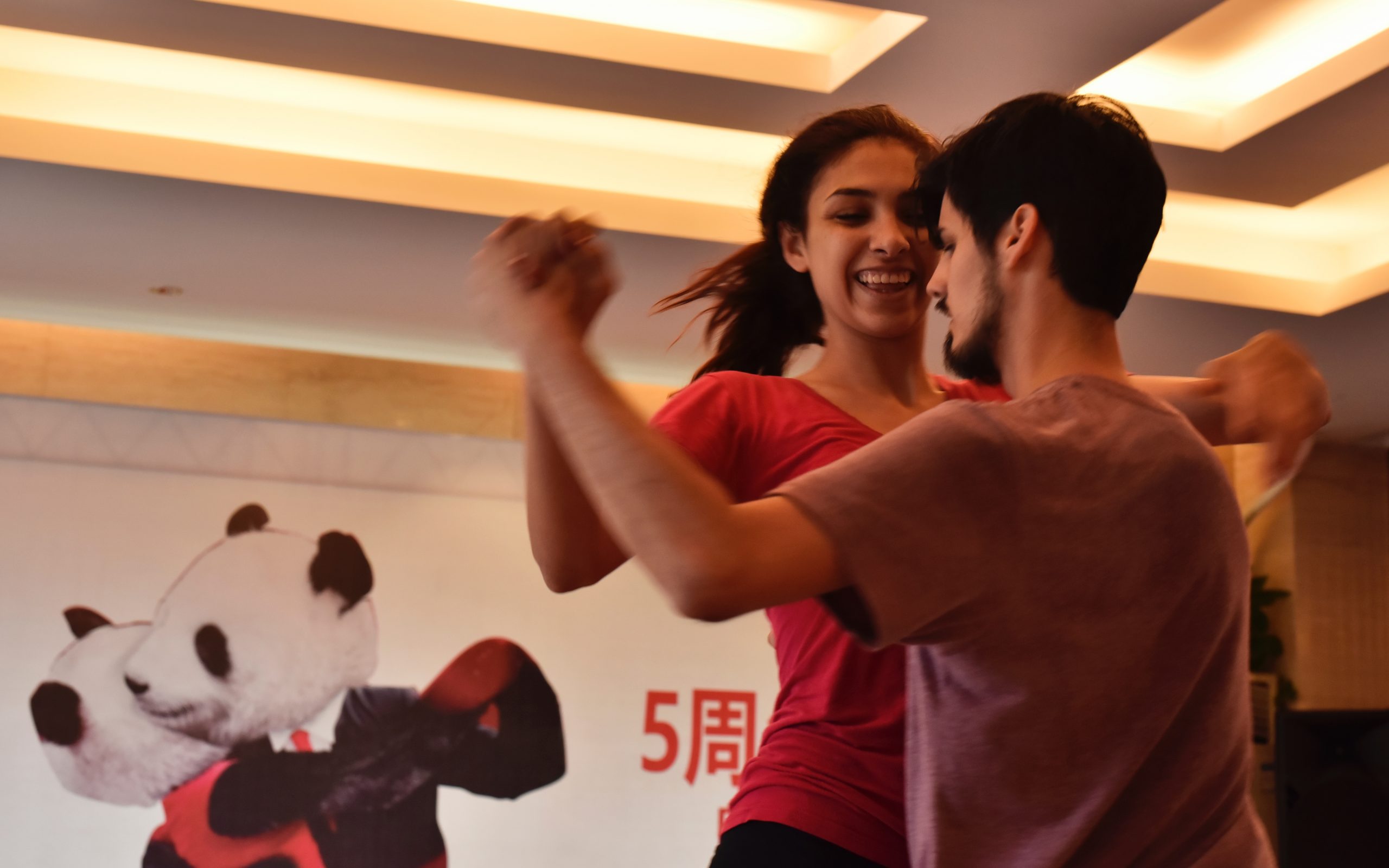
Admittedly most social dance classes out there still only teach from a leader’s point of view, usually on how to execute a particular pattern. Only a few dance school teach following techniques. At CubanSalsaSchool we believe that it takes two to Salsa – leading and following are two active roles, a two-way conversation. So here are some tips on how to become a better follower.
Focus on connection
The biggest challenge every follower faces is being able to respond to the unknown as quickly as possible. Two things have to work together to make this possible: muscle memory and focus. Muscles gradually learn to react to the patterns of movement over time, so even if you weren’t prepared for a lead, you still react the correct way. The best place to train your muscle memory is the social dance floor, in addition to your regular classes. Dance with as many different leaders as you can to enable you to experience different feels from each leader. Another thing you need to maintain connection is focus. A lot is happening around you on a social dance floor, so quieting the mind is important to not interfere with what the muscles are doing. Practise mindfulness to improve your focus.
Take care of your own balance
Your balance is your own responsibility. A lead is merely a suggestion on where they expect you to be at certain times and you have to ensure that you’re grounded enough to be able to respond accordingly. Practise engaging your core and learn how to shift your body weight correctly.
Have a good frame
Dance frame is one of the most important, often overlooked, and undertrained aspects of partner dancing. A good dance frame is essential to comfortable, enjoyable social dancing, as it provides connection between the dance partners, making leading and following possible. Practise on how to hold a good frame and understand that you cannot learn enough steps to compensate for a poor frame.
Give back the same amount of tension
Tension refers to the action of muscles contracting without creating motion. As followers, we must be careful not to move prior to actual movement by the leader. By giving back the same amount of tension (eg. scale 1, 5, or 10) given by the leader, we’ll then be able to maintain connection without initiating movement ourselves. Be careful not to do it by tensing our arms, it is neither comfortable nor correct. Try to match tensions by engaging the shoulder, upper body, and torso muscles (ie. stand tall and elongate your neck) instead.
Take small steps and keep the feet under you
Taking small steps and keeping the feet under you helps in maintaining balance and responding to a lead quicker. It helps you keep up with faster songs, create a more compact connection with your partner, and takes less space on the social dance floor.
Be on time, step on time
It goes without saying that as dancers it is important to be in harmony with the music, ie. being musical. Practise musicality by training your ears through active listening. Listen to Salsa/Timba songs on and off the dance floor as plenty of exposure will contribute to your musicality training. Being on time and stepping on time, following the timing structure of the dance (123 567), as well as being musical will make us a better follower overall.